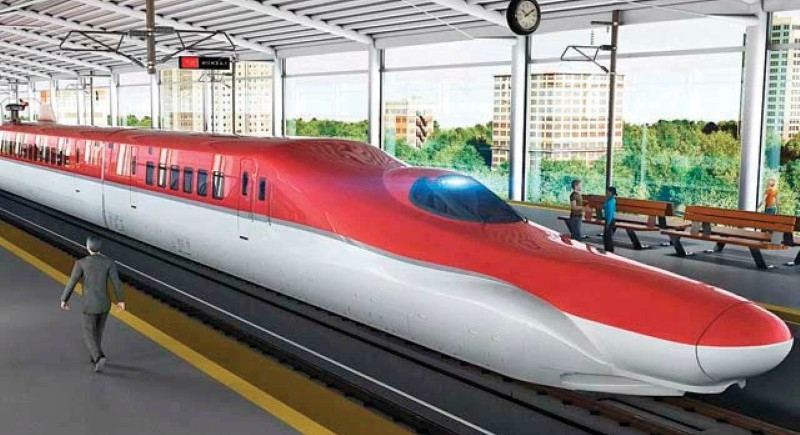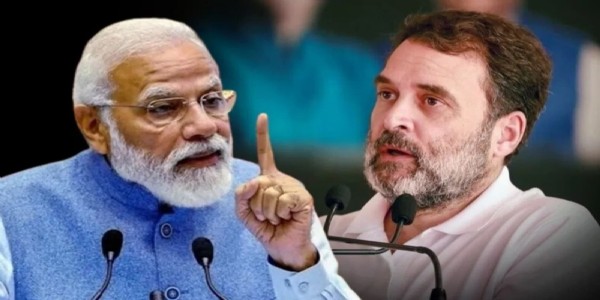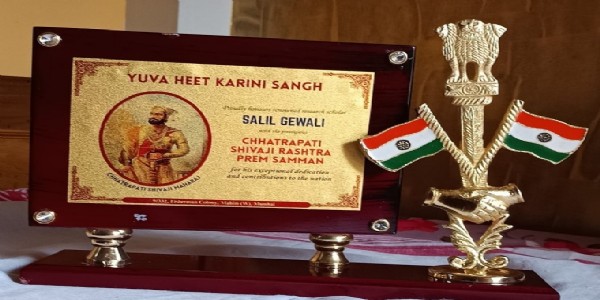Etching pact with Japan, India comes closer to achieve its dream of ambitious Bullet train
Mumbai, September 29: Giving a major thrust to high-speed rail project, India signed an agreement with Japan for construction of a Metro project in Kolkata and a high-speed rail project between Mumbai and Ahmedabad. The Japan International Cooperation Agency will lend a loan of around Rs 5,500 Cr for the ambitious Bullet train project.

As per the agreements, the Japan International Cooperation Agency would provide a loan worth Rs. 5,591 crore for construction of Mumbai-Ahmedabad high-speed rail project and another worth Rs. 1,619 crore for Kolkata East-West Metro project.
"This further consolidates and strengthens the strategic and global partnership between India and Japan," an official statement said.
The main objective of MAHSR (Mumbai-Ahmedabad High-Speed Rail) is to develop a high-frequency mass transportation system by constructing the High-Speed Rail between Mumbai and Ahmedabad, using Japan's Shinkansen technology (Bullet Train), thereby enhancing mobility in India and contributing to regional economic development.
The Japanese state-owned funding agency has also signed another agreement to provide ODA loan of 25,903 million Japanese Yen (approximately Rs 1,600 crore) for building a metro rail system between Howrah Maiden to Salt Lake Sector V, including an underwater section, as a part of the 'Kolkata East-West Metro Project (III)', JICA said in a statement.
The Kolkata East-West Metro Project (III) will mitigate traffic congestion, reduce air pollution, minimize road accidents and make travel smoother for the people in Kolkata. The Project will connect Howrah Maiden to Salt Lake Sector V through Esplanade and provide an improved access to the public from the west gateway area to the central business district as well as the residential-cum-institutional complex areas.
Kolkata will be the first city to have an underwater section in its metro which will help connect both sides of the river-divided city, responding to the growing traffic demands. The metro line will cover the central business district area and residential cum institutional complex area of Kolkata thereby bringing ease of commuting. Kolkata is an old city with only 5.4 percent road volume and non-road based Mass Rapid Transit System (MRTS) system is best suited. JICA's cooperation will lead to the modal shift from road traffic to the public transport system and will eventually lead to balanced regional development and improvement of environmental conditions.





